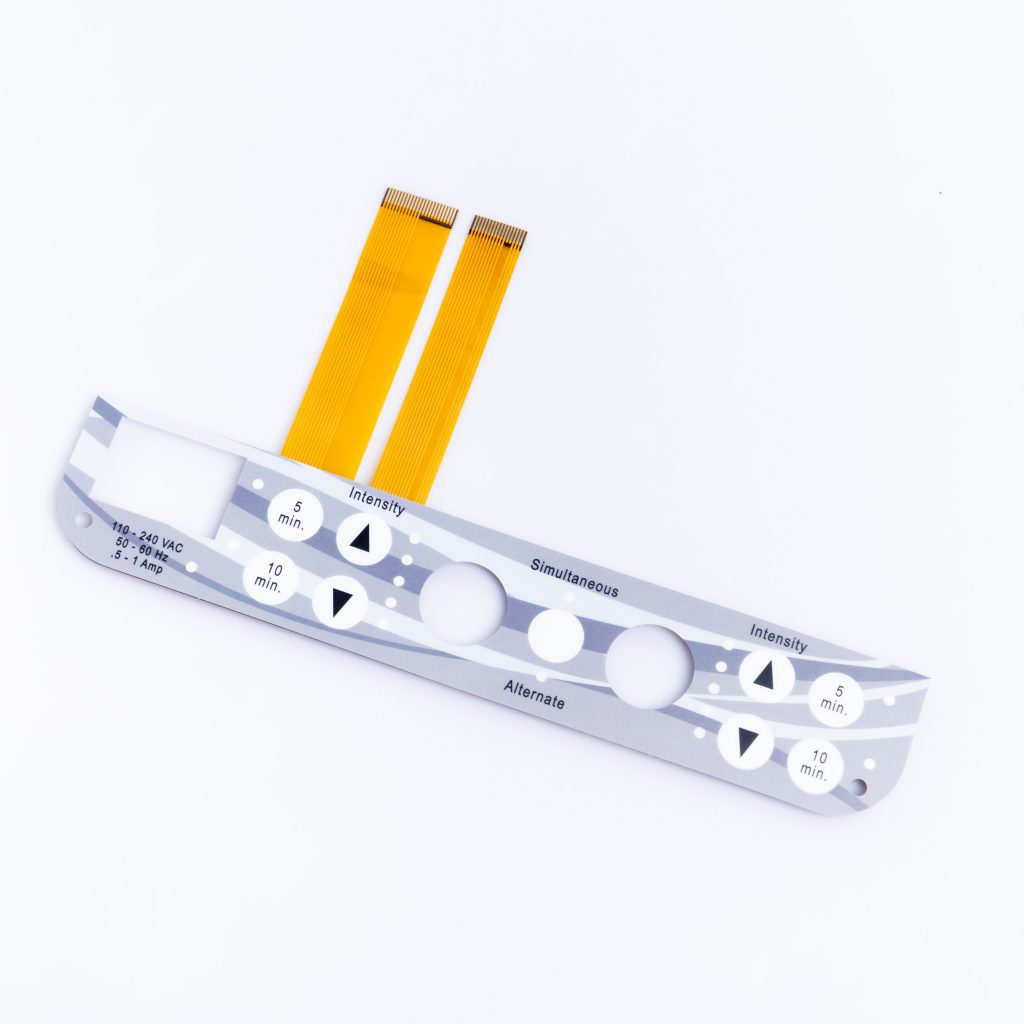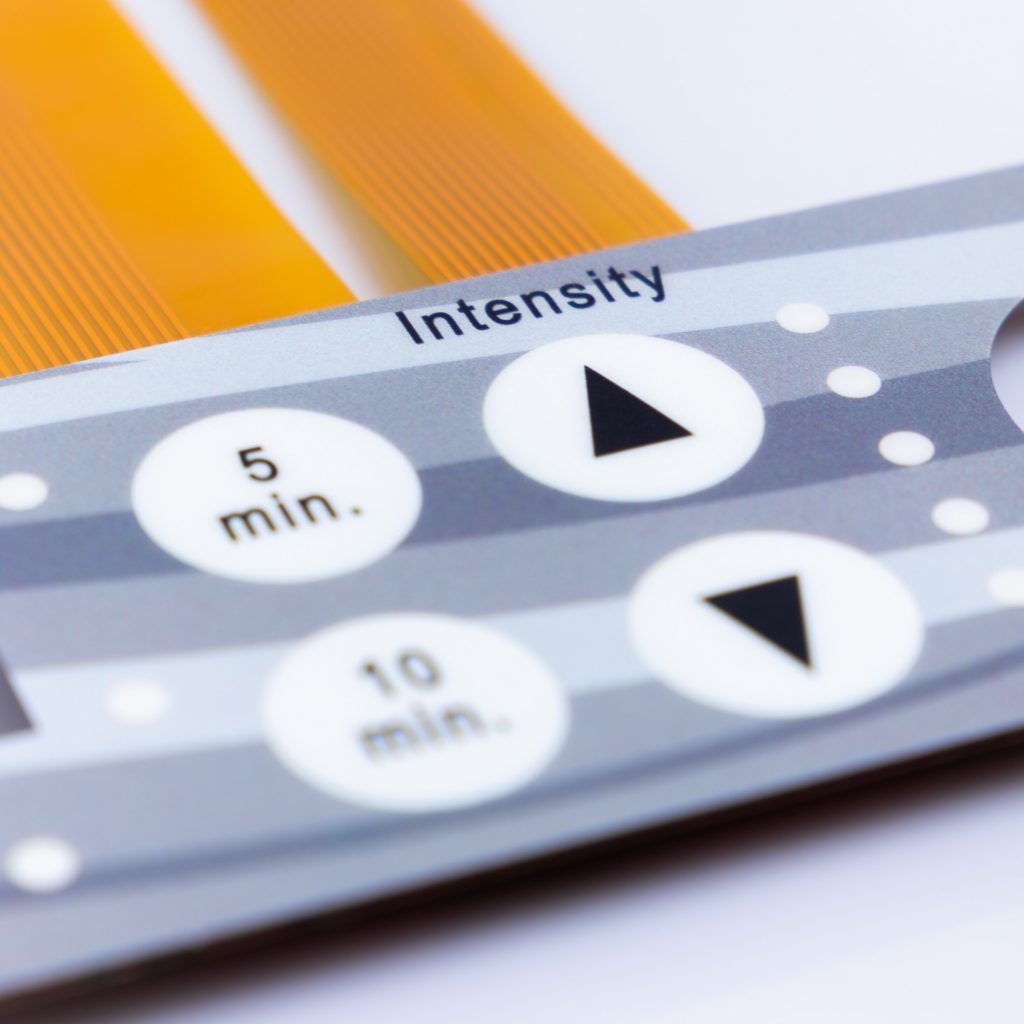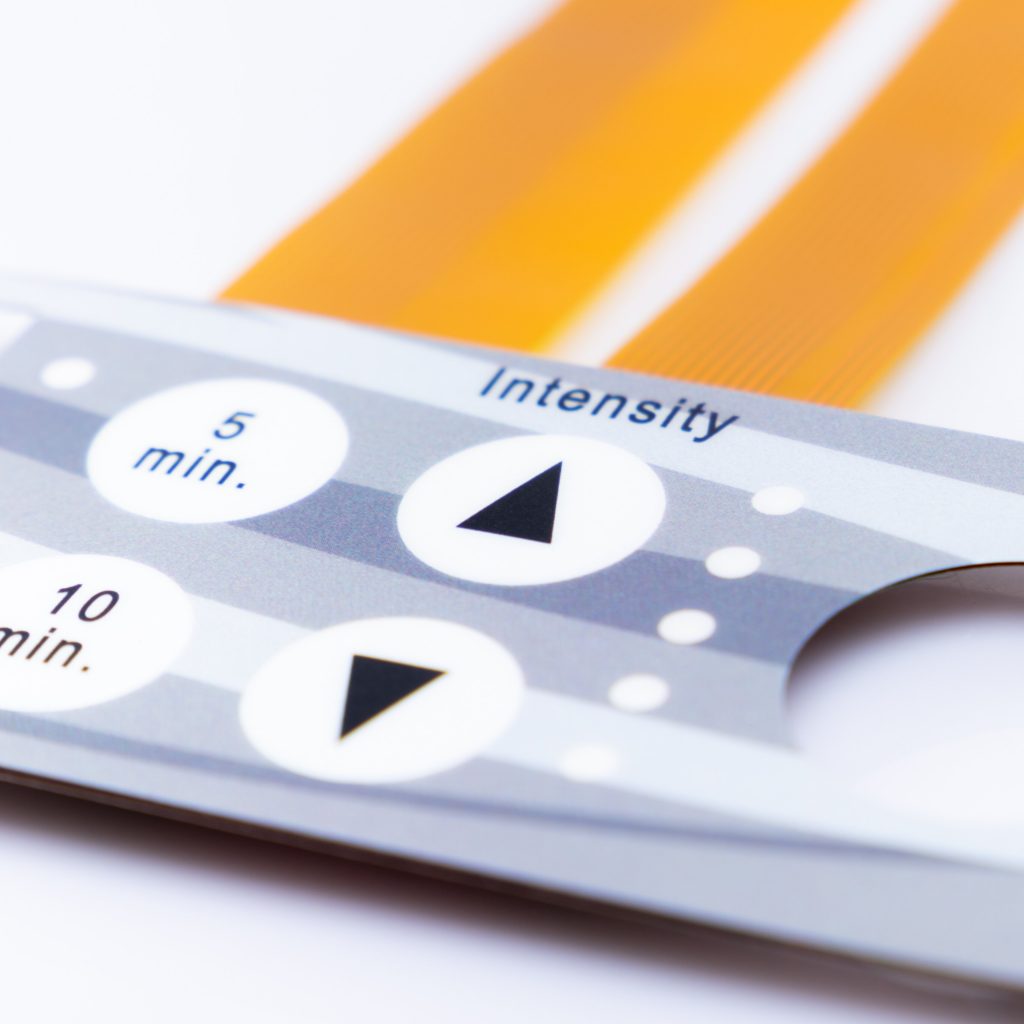Contact
Write to Us And We Would Be Happy to Advise You.
Do you have any questions, or would you like to speak directly with a representative?
By hqt
At [Our Company Name], we understand the importance of customizing the shape of a membrane switch to meet your specific requirements. In this guide, we will provide you with a comprehensive overview of the process, techniques, and considerations involved in customizing the shape of a membrane switch. Our aim is to equip you with the knowledge you need to make informed decisions and achieve the desired outcome for your project.



Before diving into the customization process, let’s briefly touch upon what membrane switches are and their significance in various industries. Membrane switches are thin, flexible electrical switches that are highly durable and offer reliable performance. They consist of multiple layers, including a graphic overlay, spacer, and circuitry. These switches are commonly used in applications that require user interface control, such as medical devices, consumer electronics, and industrial equipment.
When it comes to membrane switches, the shape plays a crucial role in both functionality and aesthetics. Customizing the shape allows you to tailor the switch to fit specific product designs, ergonomic considerations, and user interface requirements. By optimizing the shape, you can enhance user experience, improve product efficiency, and differentiate your offering in the market.
Design Requirements
Before embarking on the customization process, it’s essential to define your design requirements clearly. Consider the following factors:
Material Selection
Choosing the right materials is crucial for achieving the desired shape and functionality of the membrane switch. Some key considerations include:
To customize the shape of a membrane switch effectively, several manufacturing techniques can be employed, such as:
Now that we have discussed the considerations, let’s delve into the step-by-step process of customizing the shape of a membrane switch:
Step 1: Design Conceptualization
Begin by conceptualizing the design of your membrane switch, considering the previously mentioned factors like functionality, ergonomics, and visual appeal. Collaborate with our team of experts to transform your ideas into a viable design concept.
Step 2: Material Selection
Based on your design requirements, our experts will guide you in selecting the appropriate materials for each layer of the membrane switch. They will consider factors such as durability, flexibility, chemical resistance, and visual characteristics.
Step 3: Prototyping
Once the design concept and material selection are finalized, we move on to the prototyping phase. Prototyping allows you to evaluate the shape, functionality, and overall performance of the customized membrane switch before full-scale production.
Step 4: Manufacturing and Quality Assurance
Upon approval of the prototype, we proceed with manufacturing the membrane switches using advanced techniques and equipment. Throughout the manufacturing process, stringent quality assurance measures are implemented to ensure the final product meets your specifications and industry standards.
Customizing the shape of a membrane switch is a critical aspect of product development, enabling you to create user-friendly, visually appealing, and functionally optimized interfaces. By following the comprehensive guide provided above, you are now equipped with the knowledge to make informed decisions and achieve superior results for your project. Contact [Our Company Name] today to discuss your customization needs and benefit from our expertise in membrane switch design and manufacturing.
Do you have any questions, or would you like to speak directly with a representative?